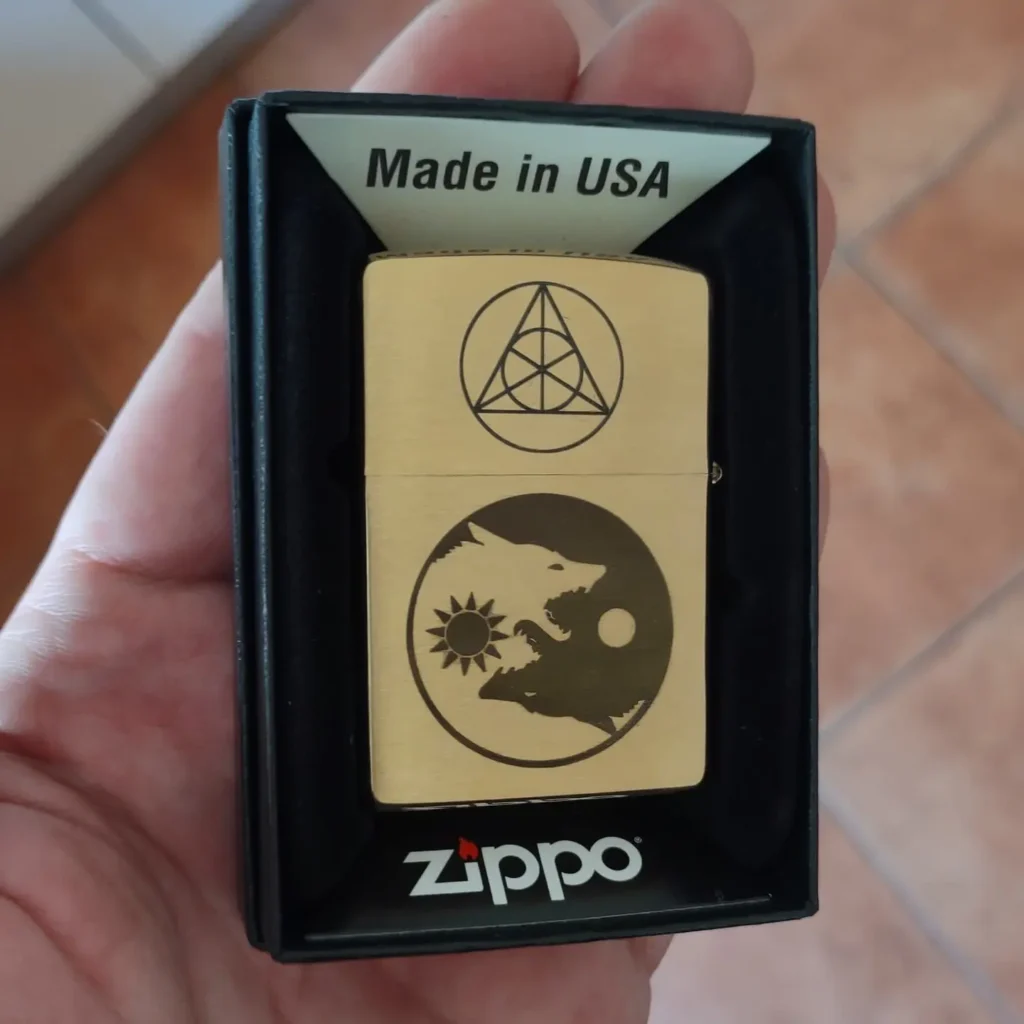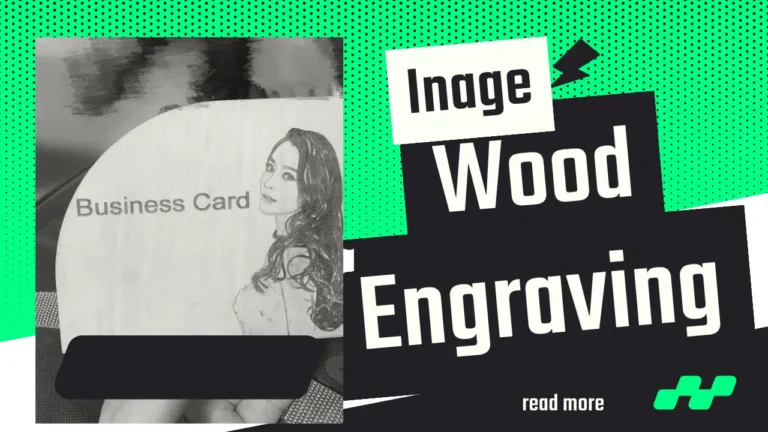Join Workshops
Physical Address
304 North Cardinal St.
Dorchester Center, MA 02124
How to laser engrave on brass?
Brass is a copper and zinc-composed material that gives a golden-yellow appearance. Engraved brass is often treated as premium by almost everyone.
Metal aser engraving involves a laser machine to place designs on the surface of the brass or any other metal workpieces which requires highly efficient control and finest precision.
Apart from the laser engraver itself, engraving brass would require you to know some technical aspects and regular challenges.
For instance, brass is a highly reflective material where you cannot directly place the laser light without using a temporary coating (unless you are using a fiber laser). Alternatively, if you try to engrave brass with a CO2 laser, the reflective nature of the material will bounce back the laser beam to the laser machine itself which further causes accidents.
In this article, we will cover the variety of laser modules, challenges & ways in brass & metal laser engraving, and other important topics such as oxidization and laser engraving canvas settings.

How many types of brass are there?
Let us first discuss the variety of brass and find the differences between normal brass and laserable brass.
Depending on the density, value, weight, property composition, ductility, formability, and thermal expansion ability there are almost 60 different types of brass, and not all are laserable.
‘Laserable’ refers to a particular type that can be engraved with a laser machine with the help of a laser beam.
However, going beyond the mechanical properties, we may categorize brass into two classes one being the ‘Bare Metal Brass’ and the other being ‘Laserable with coating’.
What is Bare metal brass?
All 60 different types of brass can equally be treated as bare metal brass unless there is no coating on the upper surface of the brass.
Since bare metal brass is highly reflective, only special types of fiber laser can be used to engrave them because only the fiber lasers can produce the required laser power at brass/metal-friendly wavelength and pulse rate.
Alternatively, you cannot use a blue diode laser to engrave bare brass because the diode laser power is not at the range of brass-friendly wavelength. For example, the diode lasers produce laser power at 450 nm wavelength which cannot melt or etch the brass surface due to technical inability.
Similarly, The co2 laser produces laser power at 10,600 nm wavelength which is not appropriate for brass engraving as the proper wavelength required for brass is 1,064 nm. This is why bare brass engraving with a CO2 laser is risky since it reflects the powerful laser beam in the opposite direction before it gets engraved.
What is Coated laserable brass?
From the understanding of the prior paragraph, this is clear that you need a temporary coating on the surface of the brass so that it does not reflect the laser beam in the opposite direction.
To ease out the job, a special brass (with temporary coating above), named laserable brass sold in the market which is compatible with the CO2 lasers.
Usually, the temporary coating is made of enamel which is removed by the laser beam as per the drawings/designs. There might be different types of enamel-coated laserable brass which only helps in bringing an aesthetic golden finish to the engraved area.
Laserable brass is capable of laser engraving, drilling, bonding, and punching only. This means you cannot work with vector cuts, hotstamps, and screenprints.
Moreover, the laserable brass is fully breakproof since the glossy temporary enamel paint does not affect the brass properties. However, those are not UV-stable and flexible which means that laserable brass cannot be used as an exterior beautification tool.
Usually, the thickness of laserable brass ranges from 0.5 mm to 0.7 mm which can handle a maximum temperature of 60 degrees Celsius.
To summarize, you can only cut or engrave bare metal brass using the powerful fiber laser and the laserable brass can be worked with the CO2 lasers.

What are the Challenges of Brass Laser Engraving?
There are a few challenges when you try to engrave brass with a laser. These are:
- Shiny texture reflects the laser beam in the opposite direction simultaneously harming laser engraving efficiency and damaging the laser machine itself.
- Only fiber lasers are capable of cutting and engraving bare brass which is so expensive to afford by most people.
- Laser engraving brass would require specific CO2 laser settings that require specialized knowledge and skill.
- Manual intervention such as oxidization may be required at the post-processing stage to beautify the engraved brass.
What are the Benefits of engraving brass?
Despite the challenges, there are notable advantages of brass engraving using laser. These are:
- Engraving brass with laser is the most advanced and superior way to showcase a design on brass and the laser-like clarity cannot be achieved by any other means of tools.
- This is a non-contact process which means there is no direct contact between the laser tube and the brass. It ensures that there is no physical damage to the brass happening during the engraving or cutting process. Since the process is computer-controlled, there should not be any material loss as the laser cuts create the least possible wastage compared to the other cutting methods.
- Engraving brass with laser is the speediest process which ensures better productivity and efficiency.
- Lastly, laser engraving offers the best precision/clarity which upholds the beautification and the acceptance of an engraved piece of brass.
What are the technical considerations?
When engraving brass, several technical considerations must be taken into account. The power and speed of the laser must be carefully adjusted to ensure clean, precise engravings without damaging the metal.
The thickness of the brass also plays a role in determining the optimal settings.
For instance, thicker brass may require a higher laser power or multiple passes to achieve the desired depth and clarity of the engraving.
Conclusion
By maintaining a focus on quality and precision, brass laser engraving will remain a vital technique for both artistic and industrial applications. With a deep understanding of the process and its applications, professionals can continue to push the boundaries of what is possible in the world of metal laser engraving.



